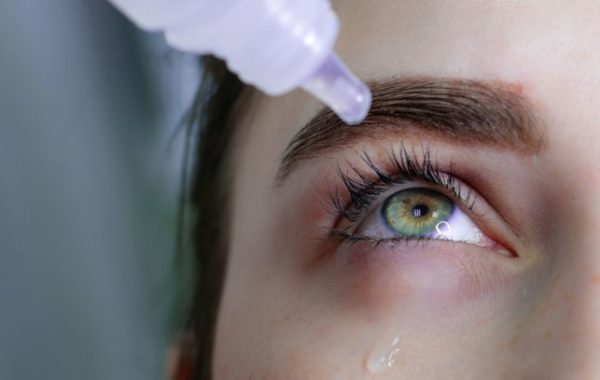It is estimated that approximately 25-30% of Canadians experience dry eye symptoms. Luckily, there are many different types of treatments for dry eye. It can range from eyedrops to in-office procedures or a combination of all these things.
Since dry eye disease is complex and chronic, most doctors prescribe a multi-factorial approach with at-home and in-office treatments. This month’s blog will focus on prescription eye drops as a treatment for dry eye.
Utilizing Prescription Drops as a Treatment
Inflammation causes your tears to be unstable and become very salty which contributes irritation, grittiness and eye fatigue. Your eye doctor may recommend a prescription eye drop to calm the vicious inflammatory cycle.
Immunomodulators and anti-inflammatory eye drops have been utilized in the dry eye space for years to treat inflammation in the eye. Below are the most common prescription eye drops:
- CEQUA (cyclosporine 0.09%)
- RESTASIS (cyclosporine 0.05%)
- LOTEMAX (loteprednol etabonate 0.5%)
- ALREX (loteprednol etabonate 0.2%)
Let’s go over each one in detail and understand how it reduces your dry eye symptoms.
CEQUA (cyclosporine 0.09%)
CEQUA contains cyclosporine which is an immunosuppressant that modifies the immune system by decreasing inflammation in the eye.
Its unique nanomicellar technology (NCELL) composition contains an outside shell that is hydrophilic (attracts water) to allow better absorption of the drug on the eye. The inside shell is hydrophobic (does not attract water) so the drug remains intact until it reaches the site of action.
Since cyclosporine is reducing inflammation on the eye, it is thought to also increase the ability of the lacrimal gland to produce more tears.
RESTASIS (cyclosporine 0.05%)
The next immunomodulator that is commonly prescribed is RESTASIS. It also works by altering the immune system to reduce inflammation and increase the tear production.
The main difference between CEQUA and RESTASIS is the delivery system. RESTASIS does not contain NCELL technology and is thought to have a less effective penetration to the eye surface as a result.
Your optometrist will prescribe one eye drop over the other depending on their clinical judgment. It could also take up to 3 months to experience a therapeutic effect so it’s important to have strong compliance and continue unless directed otherwise.
Anti-Inflammatory Drops (Lotemax & Alrex)
LOTEMAX and ALREX is usually prescribed to dry eye patients for short-term relief if they are undergoing moderate to severe flare-ups. These eye drops are considered “soft steroids” because they can safely reduce inflammation compared to other anti-inflammatory eye drops.
Soft steroids should not be intended to be used as a long-term treatment as it does not treat the underlying issue and only masks the inflammation temporarily.
Which Drops Are Right For You? Ask a Dry Eye Doctor!
Book a dry eye exam with one of our doctors if you think you have inflammation in your eyes. Our knowledgeable doctors will be able to consult with you and properly assess your condition.























